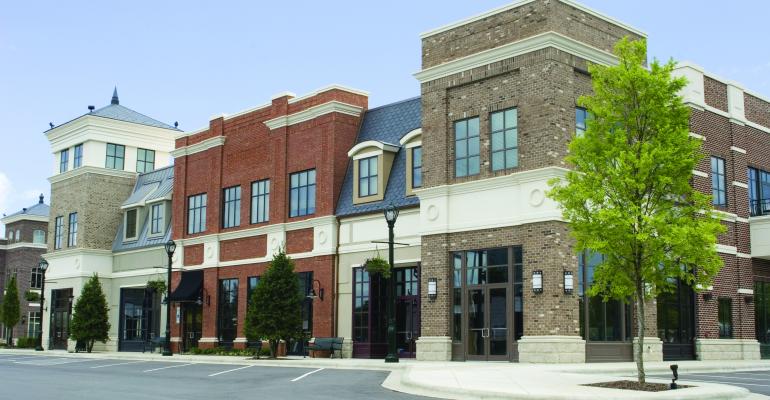Private investors have become the fastest growing buyer pool for retail centers due to low interest rates and an increase in 1031 and 1033 exchange activity, according to research from brokerage firm Stan Johnson Company and Real Capital Analytics (RCA).
Private domestic investors represented approximately 72 percent of the buyer pool for multi-tenant retail in 2018, based on sales volume, according to Stan Johnson and RCA. That’s a significant increase from around 42 percent in 2014.
The recent uptick in private capital in multi-tenant retail is due to three reasons, according to Duff.
First, the new supply pipeline in the retail sector has been low in recent years. This has helped shore up occupancy levels and rents, in spite of high store closing numbers. In addition, private buyers do not have to answer to shareholders, giving them greater flexibility than publicly-traded REITs to pursue these types of investment opportunities, Duff notes. (The share of publicly-traded REITs investing in multi-tenant retail has shrunk to 5 percent of the overall sales volume in 2018 from 33 percent five years ago, according to Stan Johnson and RCA research.)
“Retail assets with strong property fundamentals are still trading at record cap rates in prime areas like California, Texas and Florida, among others,” says Tim Patterson, associate at real estate services firm Transwestern. “The low supply drives the value of price.”
Low interest rates are also encouraging buyers to act fast. The Federal Reserve signaled in its June meeting that interest rate cuts might be on the table in 2019.
“Interest rates are low, making it a great time to buy…,” says Patterson. “Yes, the current interest rates affect demand because private investors can take advantage of their high sales prices in a 1031 exchange, and arbitrage debt to lucratively find themselves in a better investment.”
Many 1031 investors choose to park their money in retail rather than any other asset class due to its relatively low management duties, he notes. In addition to 1031 exchanges, investors are using 1033 exchanges for condemnation proceedings, a much less common tactic, according to Patterson.
“We’ve seen a big uptick in 1031 and 1033 exchange activity as private buyers chase yield and cash flow,” says Duff. “As private investors, a group that dominates exchange transactions, trade out of low cap rate, management-intensive properties like multifamily assets, they’re looking at multi-tenant retail as a very attractive alternative.”
Multifamily can be management-intensive because of the constant tenant rollover and the need to maintain multiple units, according to Patterson. For this reason, private investors are looking at retail real estate because, unlike in multifamily assets, retail properties offer long-term returns, but with less management.
A recent example of private capital targeting multi-tenant retail is The Shops at Abilene Village, an approximately 145,000-sq.-ft. property in Abilene, Texas. Private investor Nooner Holdings Ltd. purchased the power center for $20.1 million in June through a 1031 exchange.
“Although the returns may not be as great as multifamily, we see a lot of multifamily investors reinvest the gains from a 1031 exchange,” says Patterson. “We have continuous demand for excellently located, credit tenanted and value-add retail real estate investments.”




